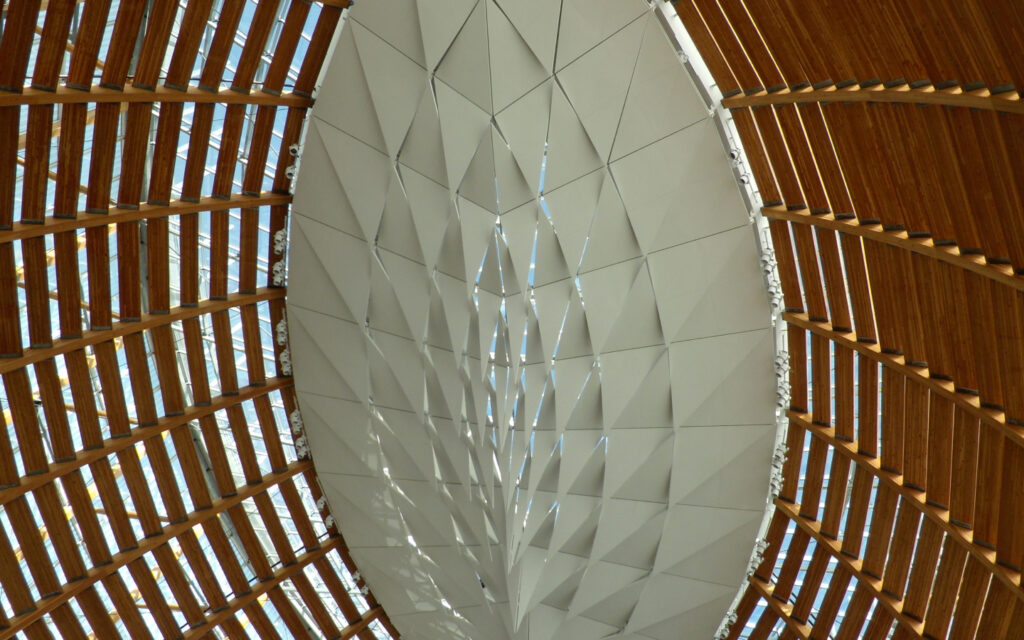Michael Benedikt
The University of Texas at Austin
mbenedikt@MAIL.UTEXAS.EDU
Abstract
Love and beauty seem to go together: we love what is beautiful, we find beautiful what we love. The theme goes back to Plato’s Symposium and has been revisited many times, most recently by Elaine Scarry in On Beauty and Being Just.
In the realm of architecture, the fact that intense emotional experiences of architectural beauty— and the sudden love of the buildings that cause them—often happen within and around buildings that we were predisposed to dislike—i.e., not love—offers us a clue of the relationship of love to beauty in our field. That intensity may well result from two movements: momentary disorientation and re-orientation (as when regaining one’s balance or position, or seeing a previously unseen alignment) combined with contrition, i.e., with remorse that one had previously judged this place as unlovable, or banal, or merely pretty. Gestures previously seen as mistakes, or as casual, or as accidental, are suddenly revealed having been correct all along: the fruit of insight, intention, labor, and benevolence. Not just pleasant surprise is in the air, but forgiveness, redemption. (The process is not unlike falling in love with a person you first thought was plain or “obnoxious.”) The point is that profound aesthetic experiences often follow the contours of a profound ethicoreligious ones, and one wonders which is the cause of which. It has been said that “the Greeks chose the goodness of beauty; the Hebrews the beauty of goodness.” If we replace “goodness” with “love,” this reads: the Greeks loved beauty; the Hebrews found love beautiful. Does is matter who’s righter?
I try to follow this line of thinking more carefully. The benefit, at least in potential, is a better understanding of the constant tension within schools of architecture to answer to the mandates to do good socially (i.e., to love, to save), and to create beauty for its own sake (i.e. for our pleasure). It will tell us why most of us scorn kitsch, and why some of us scorn architecture magazine beauty too (you know: sun slanting across tall, empty spaces). One begins to see the appeal not just of real beauty–which is flawed by “character,” magical, and complex–but the potential for creating real beauty by designing projects set in contexts–unlike Collegeville Minnesota–presently considered unlovable.




